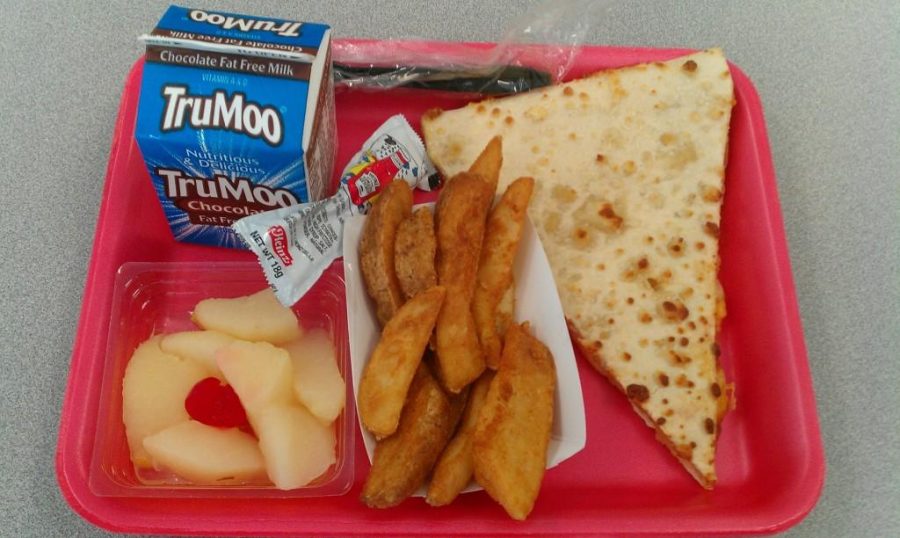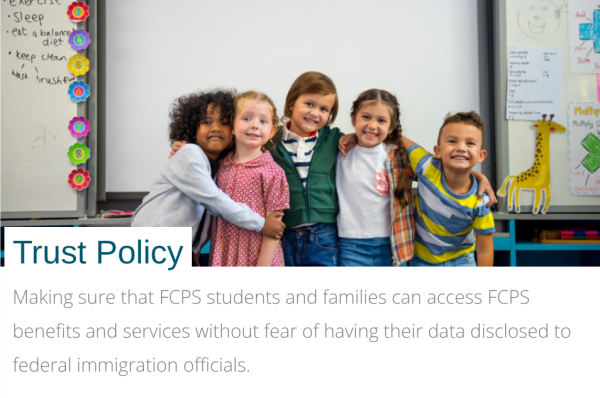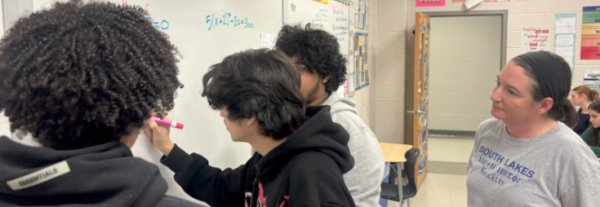The School Lunch Conundrum in FCPS
From kindergarten to senior year, students are tremendously impacted by their school’s lunch options. While some students have the ability to bring their own lunch, a small survey of 50 random students from South Lakes High School showed that the majority of students get lunch from the school at least once a week. Before the 2021 school year, anyone under 130% of the poverty line qualified for free school lunch, and anyone falling between 130%-185% qualified for the reduced-price lunch. However, FCPS is offering free meals to all of its students as a part of the VDOE’s Seamless Summer Option established by the Healthy, Hunger-Free Kids Act of 2010. Despite benefiting more kids by giving them access to lunch at school, the program may have negatively affected the quality and proportions of the meals.
The Healthy, Hunger-Free Kids Act of 2010 was implemented by Michelle Obama as a way to drastically increase the regulation surrounding public school lunch. This change included mandating more fruits and vegetables, and eliminating food and drink items with high sugar content. Any student who has bought a school lunch from FCPS within the past 12 years has been told to “Grab a fruit and veggie.” requiring students to have fruits and vegetables may seem effective on the surface, but some studies show that it has little to no impact. According to the Harvard School of Public Health, nearly 60% of vegetables and 40% of fruits are thrown out by students, and the schools have seen a significant increase in waste since these health standards were put into place.
Throughout Fairfax County, each school K-12 serves a slightly different lunch . One similarity between these schools’ lunch options, however, is the portion sizes. For an elementary student buying school lunch, a complete meal consists of an entree, two vegetables, one fruit and one milk carton. For a high schooler, the portions are the exact same size. A growing high school student needs significantly more food than a prepubescent elementary school student, and yet they are both served the same amount. This issue becomes even more significant when considering the strong correlation between nutrition, and its effect on a student’s ability to learn, focus and retain information. When students don’t get sufficient nutrition during the school day, it inhibits their critical thinking and can negatively affect their test scores.
Complaints about school lunch are nothing new, and Michelle Obama seems to have become the scapegoat for poorly made school lunches in the 21st century. While being health conscious is important to teach at a young age, forcing students to take food that they don’t want might not be the solution. Instead, Giving students the responsibility of making their own decisions will benefit them later in life when no one is there to tell them, “Grab a fruit and a veggie.”

Ryan Ertlschweiger is a senior at South Lakes High School and this is his third year being a part of The Sentinel. Ryan plays baseball at South Lakes and...


















